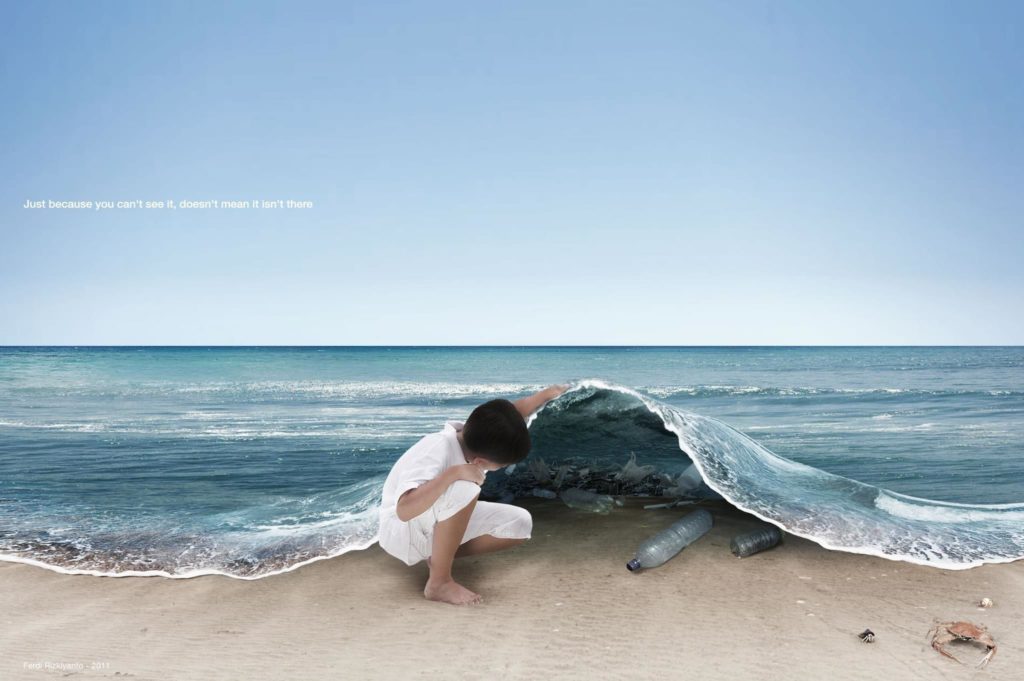
INDUSTRY TRENDS
Designing for Good: The Intersection of Design and Social Impact
June 2, 2020 | WRITTEN BY: Carmen
Written by: Louis Marchand, Creative Designer
“Designing for good” is a popular mantra to adapt in the design world. This mantra has led to the formation of organizations that launch initiatives, employ individuals and provide resources to charities, all to advocate for social change through design. The American Institute of Graphic Arts and Design Gigs for Good are great places to start when taking a deeper dive into the “design for good” process. I’d like to share a more personal outlook on “design for good” and what it means for Environmental Design Group and its creative service line, EDG Creative.
“Design for good” naturally intersects with Environmental Design Group’s tagline, “The Community Impact People.” Both serve to remind us of and to support our mission to be a force for good in society.
“Designing for good” emphasizes that we as designers have a responsibility to create positive social impact. At first, it’s easy to ask, “what kind of impact can some flyers or posters have?” On closer inspection, we can see why it’s imperative designers work for good.

Influence
Design is an essential aspect of manipulating the consumer conscious. As consumers, we’re under a constant barrage of messaging. Posters, ads, flyers and invitations dictate what movies we have to see, what party we should attend and even what clothes we need to wear. Although the idea for a marketing campaign often comes from a marketing strategist, the execution is left to the design team. In a world of mass communication, designers must be aware of how their design is being perceived and the subsequent actions of their audience. As history shows, design can be weaponized if we aren’t careful. False advertising and propaganda are two prime examples of how design can and has been weaponized and destructive to humanity.
Design Thinking

Aside from influence, the second critical aspect to the design process is Design Thinking. This refers to the process by which designers begin a project and see it through to the finished result. Graphic designers, as well as many others, are trained in Design Thinking throughout their formal education and continue applying this skill in various projects. Mike Tannenbaum for Inside Design wrote, “Doing design work teaches people to broaden their perspectives, seek and achieve deeper understanding, and create what people actually need while moving them to action.” This echoes the essence of “design for good” and Design Thinking. Our motives amplify and power our process which allows us to explore and discover the deeper meanings beneath a project’s surface.
The ability to think critically and problem-solve allows every designer to be a strong resource for any team. It is our responsibility to do good and create good design.

At Environmental Design Group, our mission is to create positive impacts in our communities. As a designer, it is also my mission to create positive social impacts. Together, these missions become a day-to-day philosophy. We are motivated by the work we do and the people we help. If every impact we make has a ripple effect, we can work to control the initial splash and make each design a positive contribution to the world around us.
RELATED TAGS:
[xyz-ips snippet=”comment-form”]




